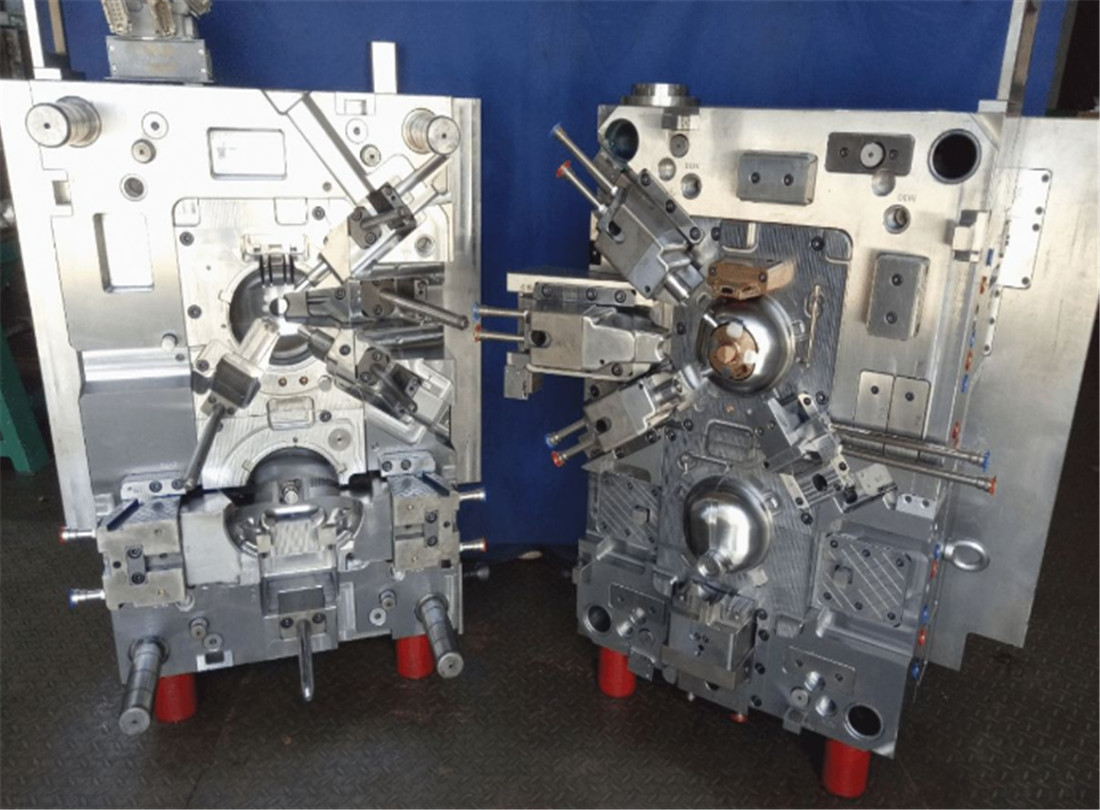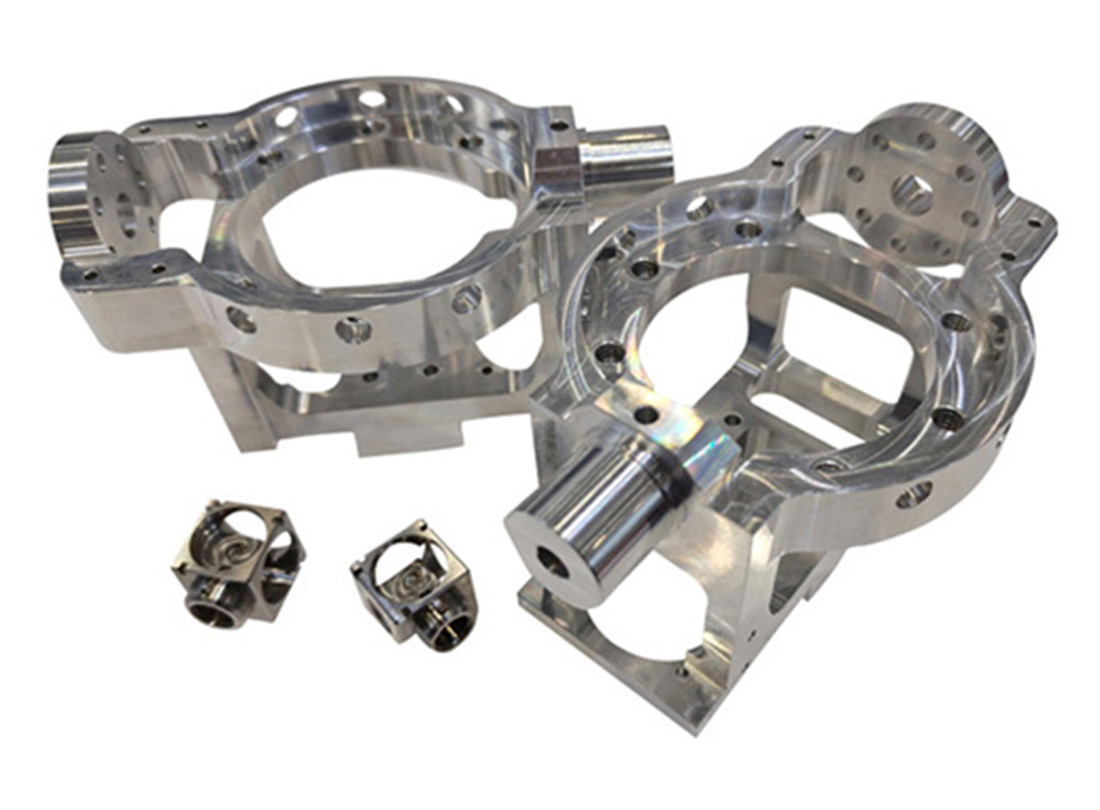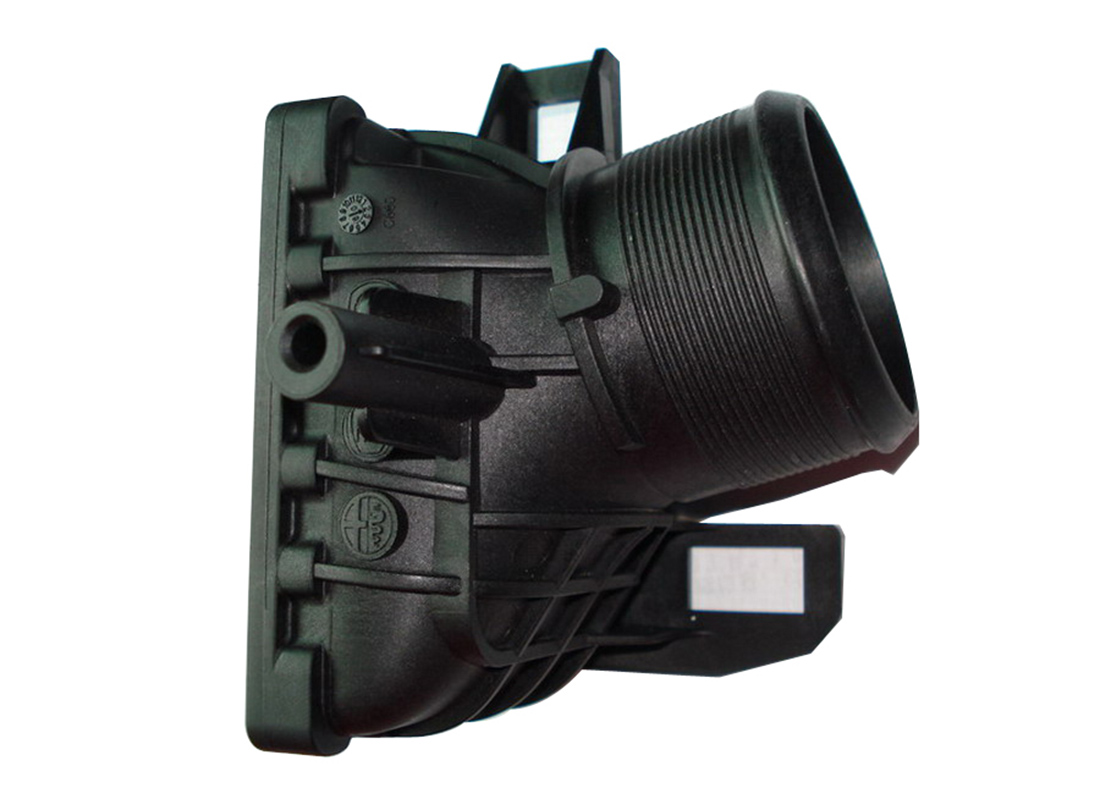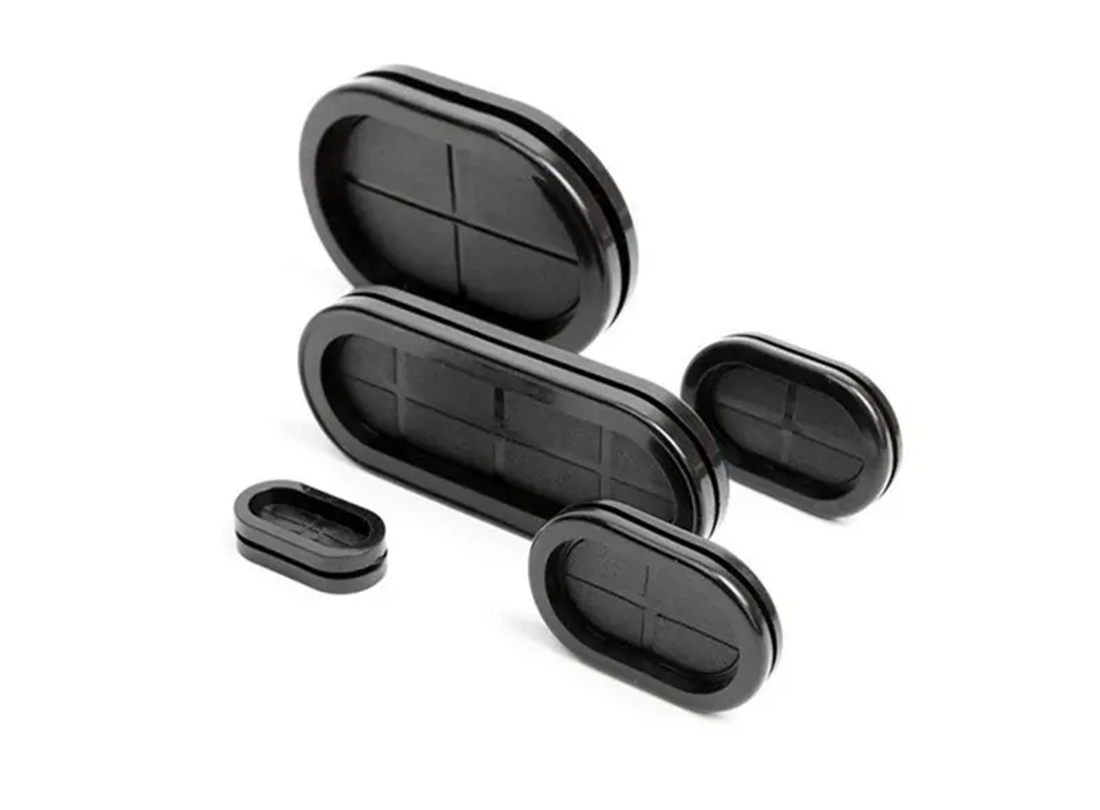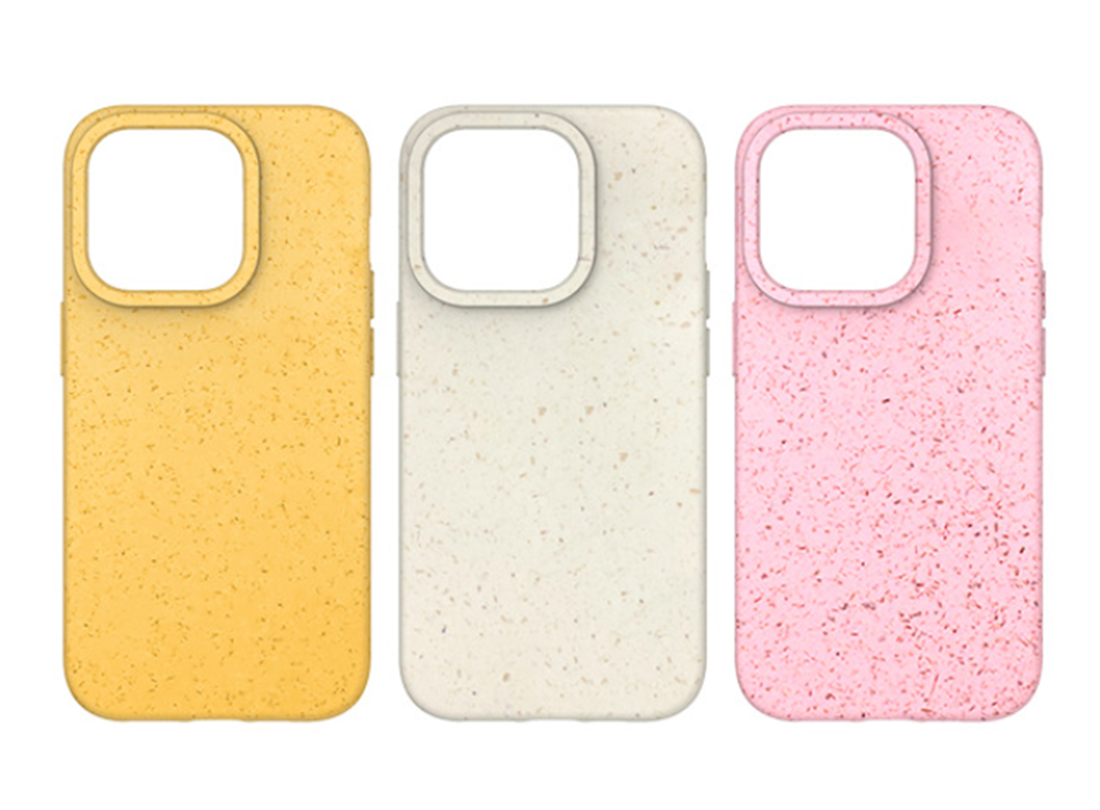

 ● Low initial cost since it no need to invest in tooling ● The high fidelity of the mold gives excellent surface details requiring little or no post-processing ● Many different molding polymers are available that can be pigmented to meet your color requirements ● Molds can be ready in a few days once the master model has been created ● Molds are durable up to approximately 50 copies so it’s great if you need more than one copy ● We provide overmolding, so that different types and hardness of plastic can be molded together into a single unit ● It is an excellent option for testing multiple variations of a prototype design for rapid product development
● Low initial cost since it no need to invest in tooling ● The high fidelity of the mold gives excellent surface details requiring little or no post-processing ● Many different molding polymers are available that can be pigmented to meet your color requirements ● Molds can be ready in a few days once the master model has been created ● Molds are durable up to approximately 50 copies so it’s great if you need more than one copy ● We provide overmolding, so that different types and hardness of plastic can be molded together into a single unit ● It is an excellent option for testing multiple variations of a prototype design for rapid product developmentCareful material selection is an important part of the design process. A variety of polyurethane materials can be used in urethane casting. Material selection depends largely on the desired physical properties of the end part. In addition, additives can be added to most materials that result in different colors, finishes, and textures.
1. Elastomeric (Shore A). Shore A urethane-based materials are soft and flexible.
2. Rigid (Shore D). This classification of material is rigid. It creates impact-resistant and rugged products.
3. Expanding Foam. Foams can range from soft and low-density to high-density and rigid.
4. Silicone Rubber. These composite materials are usually platinum-based and are used to form small high-contact parts.

 ● Aerospace ● Automation ● Automotive ● Consumer products ● Dental and medical ● Electronics ● Industrial production ●Military and defense ●Robotics
● Aerospace ● Automation ● Automotive ● Consumer products ● Dental and medical ● Electronics ● Industrial production ●Military and defense ●Robotics Various materials and additive mixtures can be used to meet a variety of industry standards, such as UL 94-VO and FAR 25.853 ratings regarding flammability, flame exposure, and exposure to high temperatures or the cleanliness standards found in many pharmaceutical and medical applications Urethane molding is a popular fabrication process across multiple industries because it produces durable, affordable parts quickly.
Various materials and additive mixtures can be used to meet a variety of industry standards, such as UL 94-VO and FAR 25.853 ratings regarding flammability, flame exposure, and exposure to high temperatures or the cleanliness standards found in many pharmaceutical and medical applications Urethane molding is a popular fabrication process across multiple industries because it produces durable, affordable parts quickly.

